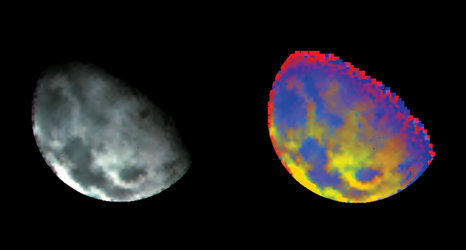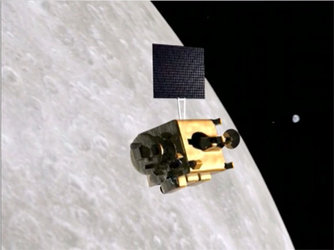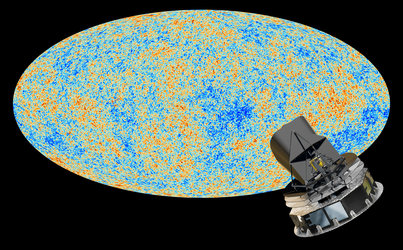Chandrayaan-1 in a nutshell
Analysing the Moon’s surface composition and investigating evolutionary processes
Name In Hindi, Chandrayaan means ‘Journey to the Moon’
Chandra - Moon, yaan - ship
Description Chandrayaan-1 will carry out high-resolution remote sensing of the Moon on a global scale. It will study lunar surface composition, produce a 3D map of the Moon’s surface and drop an impact probe for added surface studies.
Status In operation
Chandrayaan-1 was launched on 22 October 2008 atop a Polar Satellite Launch Vehicle (PSLV) from Sriharikota, India.
Journey After launch, Chandrayaan-1 will travel for about five and a half days to the Moon. The final operational orbit (polar, circular at 100-km altitude) will be reached about two weeks later.
Notes
Main objectives:
- Analyse geological, mineralogical and topographical aspects of the lunar surface in unprecedented detail
- Study the vertical distribution of crustal material
- Investigate the processes that led to the formation of craters, maria and basins on the Moon
- Explore space weathering processes, that result from the interaction of the solar wind and cosmic rays with the Moon’s surface
- Analyse the magnetic anomalies on the lunar surface
- Search for ices at the poles
- Produce 3D maps of regions of particular scientific interest at high spatial resolution (5-10 m)
- Drop an impact probe on the lunar surface to test near-surface properties and test impact technology











